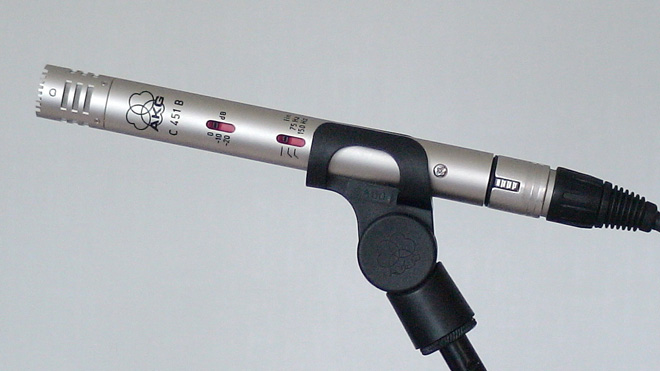Today, everyone is a film maker, thanks to the wonderful handheld technology that we carry around with us everywhere. Our phones, tablets and even laptops are capable of recording footage of a quality that can sometimes surprise even the aficionados of the film world.
However, though visually these home movies can look pretty good, the sound quality often isn’t up to scratch.

If you’re considering making a film, poor sound quality will really let you down and make your project look amateur. So, if you want to make a top class, professional film, it’s time to invest in some quality audio equipment.
Flash the cash
It’s important to be realistic with the type of microphone that you can afford. How much did the rest of your filming equipment cost? If your camera costs a couple hundred then it’s not really worth buying a microphone that sets you back a couple of grand, as the quality of the two won’t match up.
In reality there are plenty of fairly good microphones available within a sensible budget that will do an adequate job for most people’s needs. Budget for all of your equipment at once, and get the best you can/want-to afford of everything. You could also, consider renting equipment if you won’t use it regularly.
On location
This is perhaps the most important aspect to consider when purchasing a microphone. If your location is outside, background noise might be an issue; whereas if you’re filming indoors, the space might create lots of reverb (or ‘reflection’ of sound). These issues both require very different solutions, and different types of microphone. There will be a microphone out there that is perfectly suited to your film’s requirements.
Of course the downside is that if you want a microphone that you can use in a variety of different situations you may well have to compromise on some aspects or just consider investing in more than one mic!
Testing, testing…
Ever heard the sound engineer at a concert doing the “testing, testing, one two, one two,” routine? You won’t be surprised to hear that isn’t a warm up act. Whatever you’re using your microphones for – whether it’s a gig with 10,000 screaming fans or a short presentation for an accountancy business – it’s vital to check it first. Otherwise, that awesome scene that you just captured might end up being useless.
Check your microphone in the location at least a day before you are due to film – the last thing you’ll want is to be nipping to the shop to switch it halfway through a shoot. Also, ensure the sound levels are consistent throughout filming to avoid problems in the editing suite later.
Which mic?
So which microphone is going to be best for your project? As we said before, it all depends on the challenges that your film poses. Here are some of the most common mics and what they’re useful for.
Shotgun
This is the one that is used the most in film and TV, and it’s usually mounted on a boom. It works fantastically well with dialogue, so is brilliant for use in drama or presenting, and can be used inside or outside. However, if you’re filming in a restricted space, they can be cumbersome.
Lavalier
This is the one that clips onto the lapel or tie of your performer. The lavalier is particularly good at eliminating background noise, and is better at this than the shotgun. There are wireless options available, so you don’t necessarily need to worry too much about disguising the wires. However, if you’re filming drama you’ll need to be careful about hiding the microphone to avoid ruining the illusion.
Hyper cardoid
Though this sounds like a type of heart disease, it’s actually nothing of the sort. The Hyper-cardioid is shaped like a figure eight, with one side bigger than the other. This is to tackle the problem of reverb – or ‘reflection’ of sound. Hyper-cardioid mics are great at rejecting sound that comes from behind them, so deal with the problem of reverb beautifully.
Some helpful tips on how to use your microphone
- Shoot plenty of takes. It might seem like the last shot was flawless, but it’s amazing what you notice in the editing suite that you didn’t pick up on while on set.
- Ensure that the microphone is as close as possible to your performer’s mouth – if you’re using a boom, hang the microphone upside down above your actor’s head, pointing towards their mouth.
- Make sure you have at least 30 seconds of ‘silence’ – that’s the ambient noise of the atmosphere – from every take. This will really make a difference to your film, as you’ll be able to use this ambient noise for a smooth flow between scenes. Don’t be fooled – even quiet, indoor rooms have ambient sound, and your audience will pick up on the fact that something is amiss if you use no sound at all.
About The Author
Hey there! My name is Peter, I work at King’s Audio and I am a sound and video fanatic. I love playing with photography, film and sound recording equipment. At King’s Audio I help advise customers about microphones (see our range) and headphones as well as disc publishing and everything in between!

